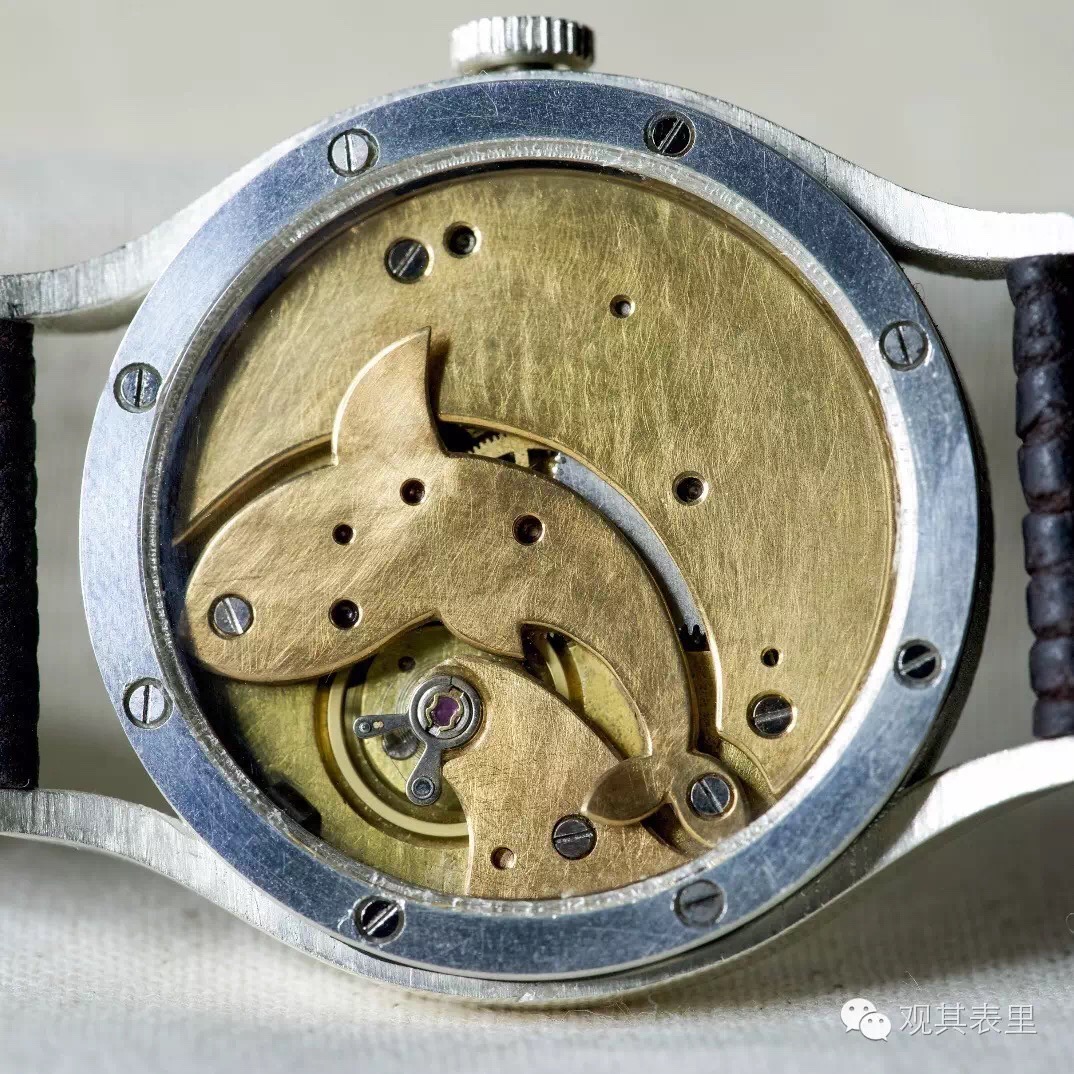Matteo Ricci & "Self Ringing Bells"
/I wanted to share an interesting excerpt from something I was reading by chance this morning:
In January 1601 a mechanical clock chimed the hours for the first time in the city of Beijing. In the early 1580s, devices that Chinese called “self-ringing bells” had arrived at the port of Macau with Portuguese merchants. Reports of them soon spread to the emperor in Beijing. The Roman Catholic missionary Matteo Ricci conceived the idea of awing the emperor with mechanical clocks and then persuading him and his subjects to convert to Christianity. From his post at Macau, Ricci let imperial authorities know that he could supply the emperor with a chiming clock. When the emperor Wanli granted him permission to travel to Beijing and establish a mission, Ricci took with him a large mechanical clock intended for public display and a smaller clock for the emperor’s personal use.
Chiming mechanical clocks enchanted Wanli and his court and soon became the rage in elite society through-out China. Wealthy Chinese merchants paid handsome sums for them, and Europeans often found that business went better if they presented clocks to the government officials they dealt with. By the eighteenth century the imperial court maintained a workshop to manufacture and repair mechanical clocks and watches. Although most Chinese could not afford to purchase mechanical clocks, commoners could admire the large, chiming clock Mat-teo Ricci installed outside his residence in Beijing.
Chiming clocks did not have the effect that Ricci desired. The emperor showed no interest in Christianity, and the missionaries attracted only small numbers of Chinese converts. Yet, by opening the doors of the imperial court to the missionaries, the self-ringing bells symbolized the increasing engagement between Asian and European peoples.
Copyright | McGraw-Hill Higher Education | Traditions & Encounters: A Brief Global History, Volume 2 | Edition 3










